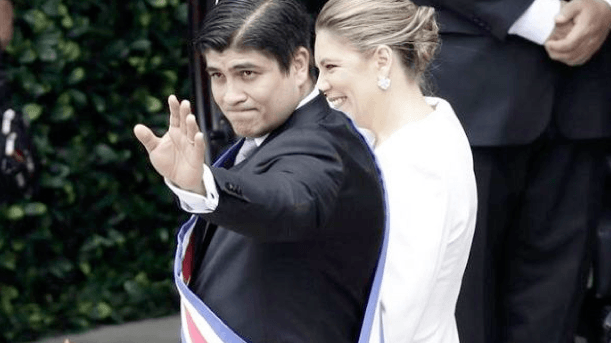April 27, 2018
Guatemala Human Rights Commission (GHRC): www.ghrc-usa.org
I am grateful to the GHRC for permission to reproduce this report.
Keywords: hydroelectric power in Honduras; Broad Movement for Dignity and Justice (MADJ); assassinations; Carlos Hernández; Victor Fernández; INGELSA Corporation; Council of Popular and Indigenous Organisations of Honduras (COPINH); Berta Cáceres; municipal referendum; criminalisation.
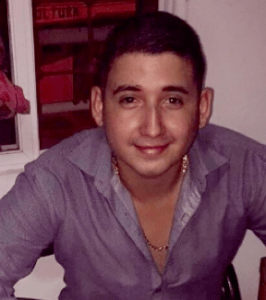
Carlos Hernández
The Broad Movement for Dignity and Justice (MADJ) of Honduras denounced the April 10, 2018 murder of lawyer Carlos Hernández. Hernández was the defence lawyer for Arnoldo Chacón, the mayor of the Honduran town of Arizona who is currently facing charges from a hydroelectric company.
Chacón is committed to defending the results of a 2015 municipal referendum banning hydroelectric development in Arizona. In September 2017, Chacón told police that men had threatened the lives of those close to him if he continued to obstruct INGELSA corporation plans to build a dam on the Jilamito river.
On March 12, 2018 four members of the MADJ and the Arizona Community Development Committee, Elena Gaitán, Tulio Laínez Gonzales, Julio Leíva Guzmán, and Claudio Ramírez Espinoza, sat in court in Tela, Atlántida, alongside the newly elected mayor of Arizona, Carlos Arnoldo Chacón, as a judge formalized criminal charges against them. They explained that they were defending their communities’ river against blatant corruption that affected Arizona’s water; as much as half of the population of Arizona face daily hardships stemming from a scarcity of water.
Honduras’ most famous human rights advocate and environmentalist, Berta Cáceres, faced similar charges and narrowly escaped wrongful imprisonment in 2013, only to be murdered on March 2, 2016 after years of denouncing death threats by employees of the DESA hydroelectric company. Intense international pressure forced prosecutors to investigate her murder. Two years after gunmen stormed Berta Cáceres’ home near midnight and shot her beside her bed, the president of DESA was finally arrested. The five men and women charged May 12 are confronting a similar hydroelectric company operating in Arizona, this one called INGELSA.
Yet another point Chacón and the other MADJ members have in common with Berta Cáceres is their lawyer, Victor Fernández. Fernández is a former public prosecutor and while president of the National Association of Prosecutors in 2008, he led a hunger strike denouncing corruption in the judicial system. This protest led to the creation of the Broad Movement for Dignity and Justice -MADJ, dedicated to defending rights of communities and fighting corruption in the judicial system. Fernández defended Berta Cáceres in 2013 and is currently prosecuting her killers on behalf of her family and her organisation the Council of Popular and Indigenous Organisations of Honduras (COPINH).
Fernández is defending the five accused, but Chacón brought in another lawyer, Carlos Hernández, to support the case. A former prosecutor, the young Hernández was shot dead in his office on April 10, 2018, less than a month after joining the defence team. Area residents fear his murder may have been an attempt by INGELSA to stop Arnoldo Chacón from saving the river for residents of Arizona. Just a few months before, on September 13, 2017, while Chacon was a candidate for mayor and a member of the municipal corporate council, he told police that he had received threats from men who identified themselves as speaking on behalf of the INGELSA company. According to Chacón, unknown individuals approached him. They wanted him to stop blocking the then mayor from illegally annulling the results of a 2015 municipal referendum which had rejected the construction of dams in Arizona. The hitmen explained that Chacón was INGELSA’s principal problem, and that if he didn’t allow the dams, they would have to kill him or people close to him. With INGELSA’s political influence they let him know they could also undertake an audit of the family business or other pressure tactics. Just a few weeks before, men dressed as soldiers had illegally entered Chacón’s brother’s home, which houses the family business, and searched it. Then on March 1, 2018 in an interview with Honduran press, Chacón reported that a local whistle-blower had told him a hitman who had been following him for weeks had been paid $6,500 to kill him.
In 2015 after months of pressure, the then mayor of the township of Arizona, Adolfo Paguada, had agreed to convoke a municipal referendum about the possible construction of a 14.8 MW hydroelectric dam on the Jilamito River. It was convoked for 2pm on November 20, but neighbours denounced early that morning that Paguada brought 34 buses of people from neighbouring municipalities and held an illegal referendum in the morning. Despite the problems, municipal council members oversaw the 2pm referendum, in which townspeople overwhelmingly voted against dams in Arizona, which according to Honduran law made the results binding. The next day three legal complaints were filed against Paguada, but no investigation has occurred. The referendum made it impossible for the mayor to grant a construction license for the dam. Additionally, Honduran law requires the municipal council to review and approve mandatory environmental impact assessments before granting construction licenses. The municipal council never presented an environmental impact assessment. For both of these reasons, it was impossible for a construction license to be legally granted. Nonetheless, in January of 2017 INGELSA began construction of the dam.
Desperate to preserve the water source for 16 communities and over 24,000 people, in May of 2017 the communities installed a permanent encampment along the road leading to the construction site. When INGELSA brought equipment to the area on May 29, neighbours did not let it pass. Arnoldo Chacón and the Arizona community development committee attempted to dialogue with the company, which could not present the construction license.
Many formal complaints against INGELSA and former mayor Paguada were filed and never prosecuted, however malicious prosecution of community leaders and the mayoral candidate advanced quickly. Today, those community members have been charged with criminal usurpation of the State of Honduras’ road, while the 24,000 people who stand to lose potable water have yet to see a license for the construction and environmental defenders fear for their lives and for the life of their remaining lawyer, Victor Fernández.
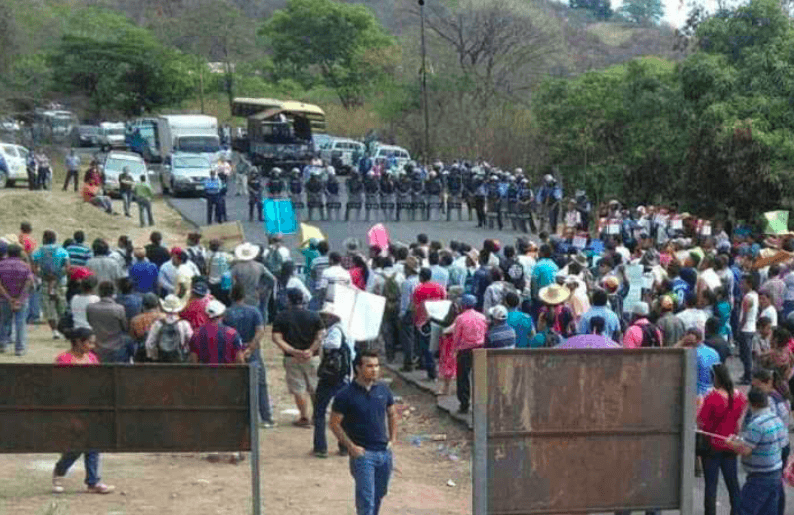
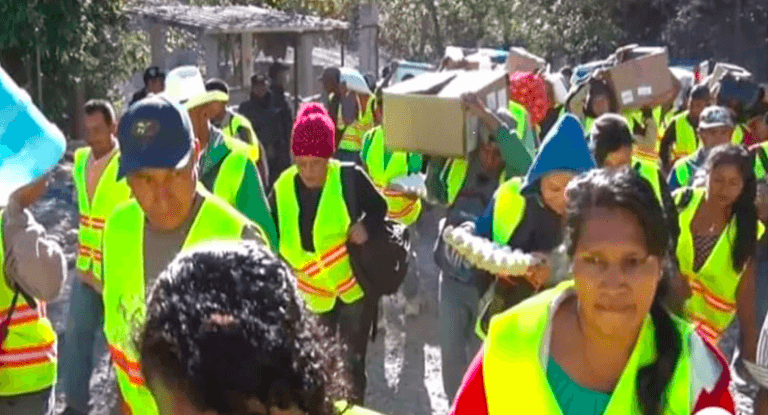
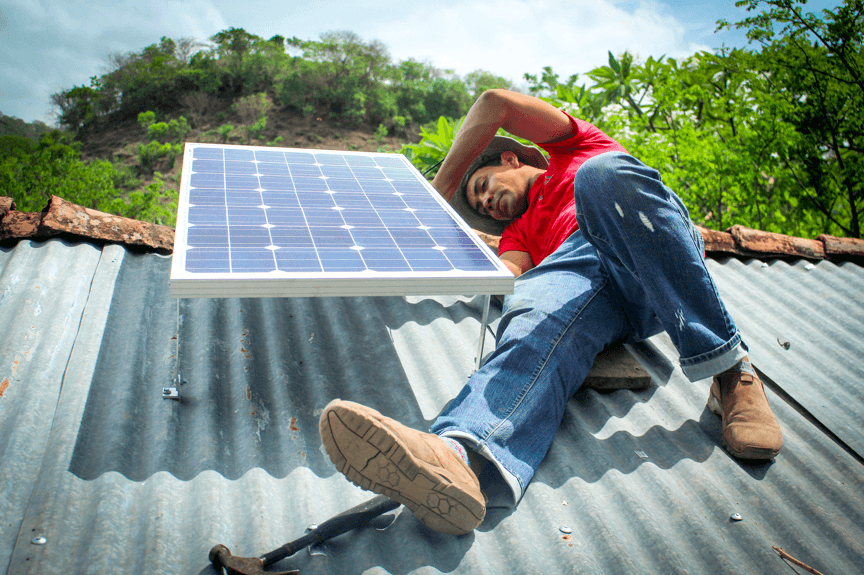
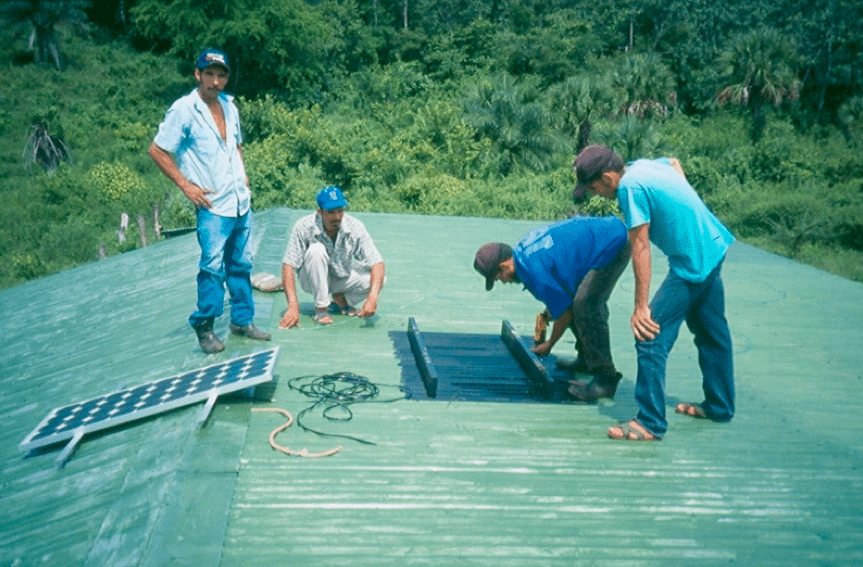
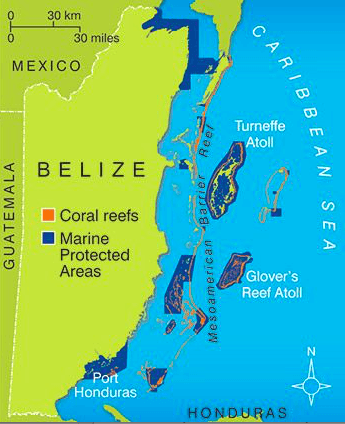 It is rarely acknowledged in the mainstream media, but the ban is in part due to extensive lobbying by environmental groups in Belize since as early as 2006. Significant amongst these groups has been the Belize Coalition to Save Our Natural Heritage. But the decision has also been widely welcomed by international organisations such as the World Wide Fund for Nature (WWF).
It is rarely acknowledged in the mainstream media, but the ban is in part due to extensive lobbying by environmental groups in Belize since as early as 2006. Significant amongst these groups has been the Belize Coalition to Save Our Natural Heritage. But the decision has also been widely welcomed by international organisations such as the World Wide Fund for Nature (WWF).
